Membrane jackets
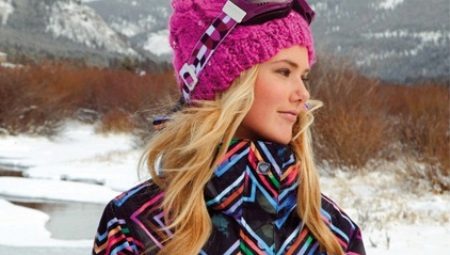
One of the main aspirations of a modern person is comfortable, lightweight and practical clothing that can solve several problems at once: keep warm, be breathable, water-repellent and at the same time remain stylish.
Such problems can be solved by membrane fabric, which is widely used in the production of sports and tourist clothing and equipment.
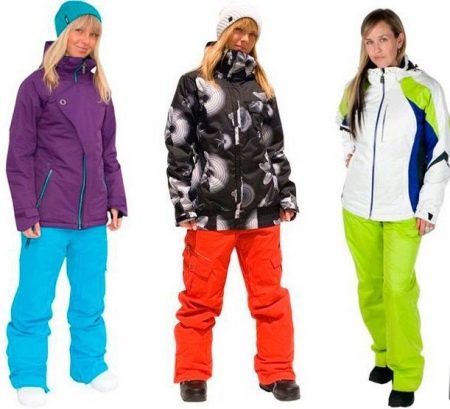
A bit of history
One of the first companies to develop and manufacture membrane fabrics in 1958 was W.L. Gore, founded by chemist Bill Gore. They were looking for areas for the use of a completely new chemical compound "Teflon". Ten years later, in 1969, Bill Gore's son, Bob, was able to obtain a porous film as a result of the shock test of Teflon.
In 1976 he patented the E-PTEE manufacturing technology for Gore-Tex. From that moment on, the history of the production of clothing from membrane fabric began.

Pros and cons of the membrane
Like any other fabric, the membrane has its pros and cons.
The advantages include the following characteristics:
- weightlessness and comfort. Membrane clothing is lightweight, allows free movement and does not restrict movement;
- due to its unique properties, the membrane protects in windy and rainy weather;
- universal.Clothing made of membrane fabric is worn both in frost and autumn cold;
- any contamination is easy to remove;
- vapor permeability. The fabric is good at letting out vapors from the body, not letting cold air back in.
Cons of membrane clothing:
- special care and proper washing to avoid damage to the upper protective layer;
- for the best heat transfer, it is necessary to wear thermal underwear;
- in severe frost, the surface of the membrane tissue can freeze over, losing its unique properties. Therefore, it should not be worn at temperatures below -20 °.
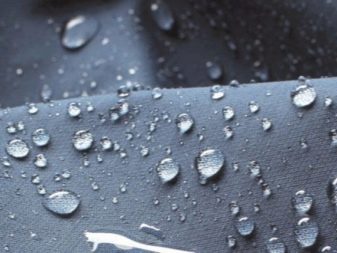
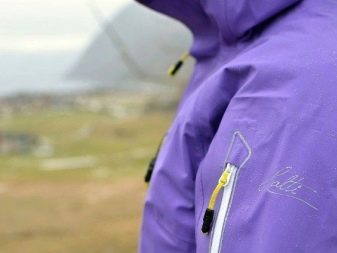
Types of membranes
Modern manufacturers use 3 types of membranes in the production of finished products.
Poreless (hydrophilic monolithic) membrane
This type of membrane removes moisture well. First, body moisture evaporates on the inside of the material, and then comes out due to evaporation.
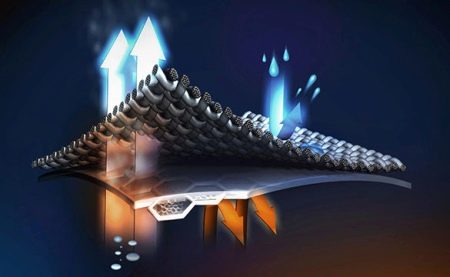
Such a membrane does not evaporate liquid well in wet weather, and vice versa, it evaporates moisture well - in dry weather, but it is durable.
The advantage of such a membrane is its high wear resistance. Moreover, it does not require additional maintenance.
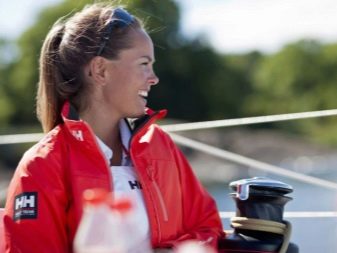

Flaw - it is not the ability to "breathe" at low temperatures.
Pore-free membrane fabric is used in the production of sportswear. And also for the manufacture of wetsuits.

Pore (hydrophobic microporous) membrane
The name itself contains the properties of the membrane. The pores that make up the fabric prevent moisture from seeping into the fabric, making the garment waterproof.
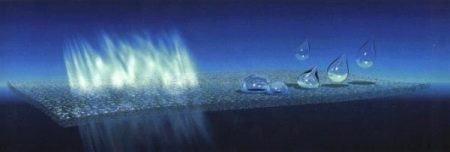
The main disadvantage of pore membrane clothing is its tendency to clog pores, therefore it requires special care. They wash things from the pore membrane with special means, without squeezing. Otherwise, the membrane will lose its unique properties and will get wet.
.
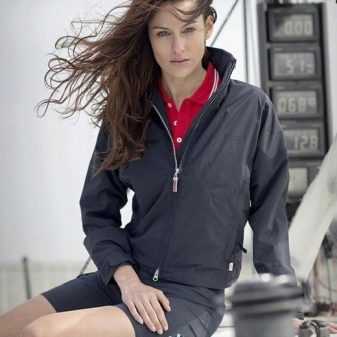
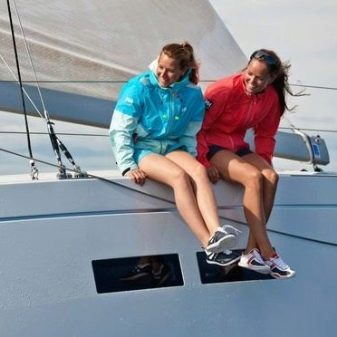
An important advantage of pore membrane products is their high moisture resistance.

Combined type of membrane
Combination of the unique properties of the above two membranes. The inner part of the tissue is covered with a layer of pore membrane, and the outside is non-porous.
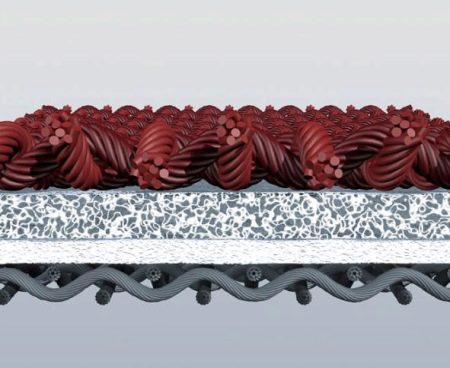
It is the combination of the two types of films that made it possible to enhance the unique properties and maximally remove the disadvantages of the two types of film at once.
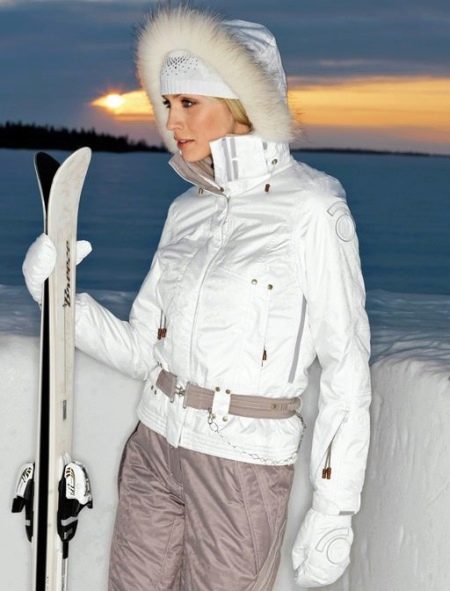
However, products made from a combined membrane film are not cheap, therefore it is used for the production of premium sports equipment.

Specifications
Thanks to modern technologies for the production of the membrane, it is divided into 3 types.
Double layer fabric (2L)
On the inside of the fabric, a membrane layer of various colors (white, transparent or colored) with a lining is applied. Thanks to the lining, additional protection against damage is created. Double-layer jackets are good to wear in the off-season.
The downside of products made of two-layer fabric is that they are heavy and less wear-resistant. They should not be used in regions with extreme temperature changes.
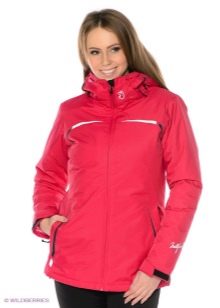
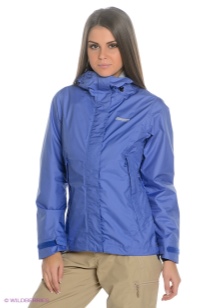
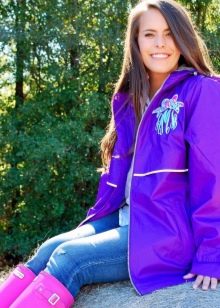
Three-layer fabric (3L)
A membrane film and a mesh (inner layer) are applied to the fabric from the inside. It turns out a kind of "sandwich" of fabric, membrane and mesh. The fabric is lightweight and comfortable with no lining.
Manufacturers use this type of fabric in the manufacture of clothing for harsh climates.



Two and a half layer membrane fabric (2.5L)
Manufacturers used a protective layer in the form of pimples instead of lining. This layer is evenly applied to the membrane, so the fabric becomes lightweight and at the same time protects against damage.



Models
Membrane jackets are no longer the outfit of climbers and athletes. They have become entrenched in the daily life of most fashionistas. They are warm and cozy, they are beautiful. Therefore, there is also a fashion here. Manufacturers offer models with patch pockets, with an sewn-on or detachable hood, with and without fur, with a drawstring at the waist. To understand in favor of which model to choose, we will tell you about the main models of membrane jackets.
Hooded Jackets (Detachable or Sewn On)
In the off-season, a hooded jacket is a great option. It is warm and pleasant in it. The hood can be sewn on or detachable.
The removable hood can be fastened with a lock or fixed with buttons. In some models for the autumn-spring period membrane jackets, the adjustable hood is hidden in the collar. There are hoods with a visor that protects from the sun's rays.
Important! The hood should be adjustable so that the movement of the head should not be impeded.


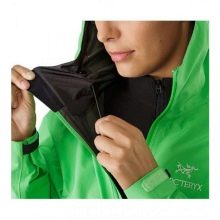

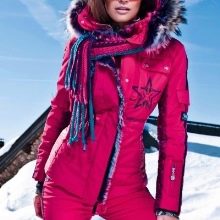
The hood in a membrane jacket is not a separate part, but a continuation of the jacket, therefore it is made of the same material as the main product.
With or without drawstring at the waist
Some models of membrane jackets are equipped with a drawstring at the waist, which allows you to reduce the volume of the jacket, and accordingly increase heat transfer. Also, the drawstring at the waist additionally protects from the wind and gives the figure a beautiful look.

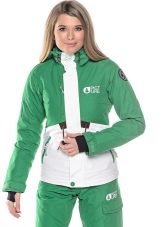
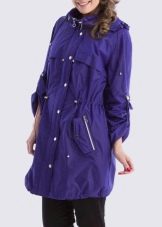

With pockets (set in or patch)

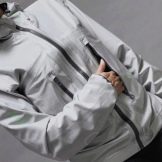


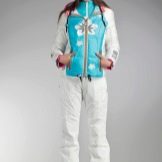
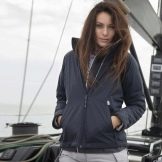
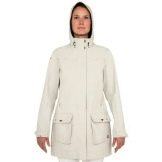

With a zipper
Most of the jackets for leisure and sports activities have a zip fastener. In membranes of good quality, the zipper is mined to keep moisture out.
Pay attention that the zipper on the jacket does not come into contact with the zipper of the jacket. Better when the central zipper on the jacket is twisted, and not tractor!


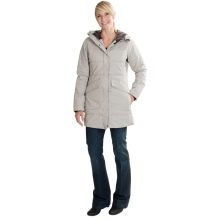
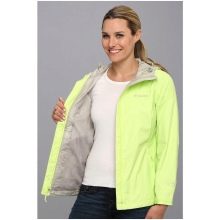

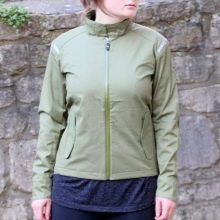
Button-down
Membrane jackets with buttons are designed more for walking in urban environments. On some models, the button fastening is attached with tape.
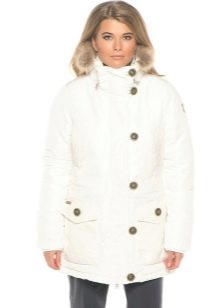

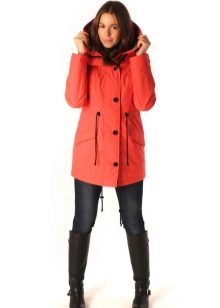
With detachable sleeves
Another name for this model “jacket-vest” speaks for itself. Such a jacket will serve you both in the cold season and in the warmer one. Such a jacket will become indispensable in a harsh continental climate, when the weather is changing rapidly. By purchasing such a model, you get both a jacket and a vest.

Removable sleeves can be made in the color of the main fabric of the membrane, and can be in a different color scheme, which gives it brightness.
With fur
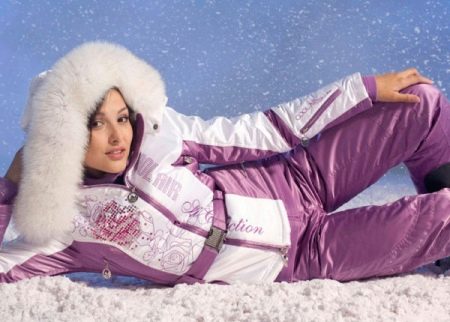
Originally produced for sports and leisure, the jacket has invisibly entered the everyday wardrobe. The jacket, decorated with fur, is suitable for the urban jungle.
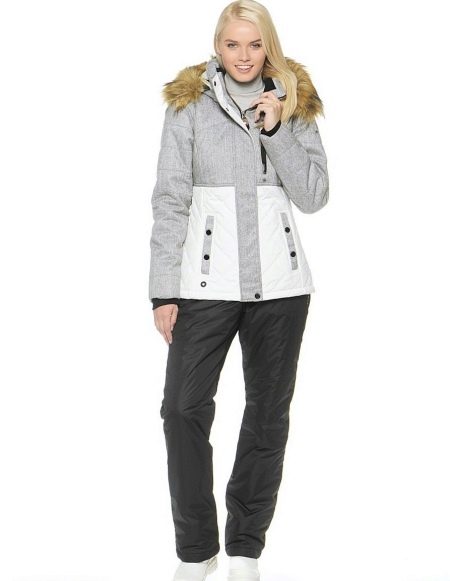
You will look stylish in a membrane jacket with fur. Manufacturers decorate jackets with natural or artificial fur. Buy a jacket with or without fur - it's up to you!

In some models of membranes, a thermometer is sewn in for the convenience of determining the temperature outside, and there are transparent cuffs on the sleeves
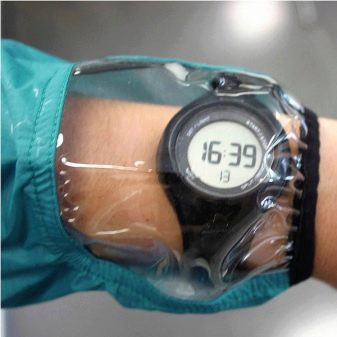
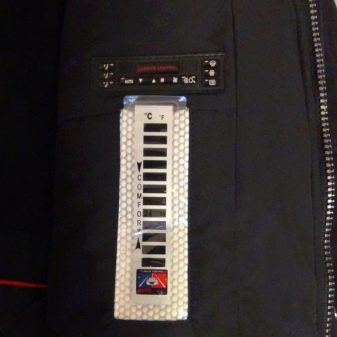
Color solutions
The membrane jacket looks good in any color scheme. The most popular colors remain black, white, red and blue. But fashion does not stand still, and stylish membrane jackets with patterns are increasingly on sale to create a brighter image of the modern woman.
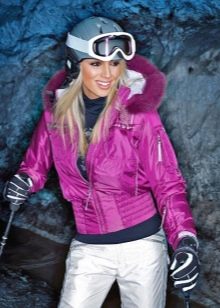






Selection Tips
To enjoy the comfort and warmth of a membrane jacket, choose it carefully.
We will give you some tips for choosing them:
- Breathability and water resistance can be quantified. So, the first number means how quickly the fabric wicks moisture away. 8000g / m2 and more is the highest indicator, 5000g / m2 is the average. The lowest rate is 3000g / m2.. if you are actively involved in sports, choose a jacket with an indicator of 1000g / m2
- To find out what type of fabric is used in a jacket, look at the specifications of the item. The density of the fabric is indicated in Denier (D). The higher the density, the higher the number in D. For example, CORE-TEX PRO 3L 50D / 90D means: a three-layer Gorex fabric with a density of 50 Denier was used for sewing the jacket with inserts in areas subject to more wear at 90 Denier.
- The seams of the product are even and must be glued to keep moisture out.
- It is important to pay attention to the maximum air temperature indicated on the label.
- The cuffs on the jacket prevent snow from getting inside, therefore they must be made of high quality material. Prefer fleece cuffs because it dries quickly so your hands won't freeze. Lycra cuffs get wet quickly, take a long time to dry and can freeze, which can cause discomfort in harsh weather.
- Put on the hood and make sure it doesn't obstruct your head turns. The hoods are adjustable with drawstrings, elastic bands with buttons or Velcro.
- Internal pockets are a must!
- The inner and outer zippers must not snag when zipping or unzipping.
- The velcro should be easy to fasten and completed with a diagonal stitching.
- Each membrane jacket must be used as intended. Follow the manufacturer's recommendations.



The membrane jacket is not only intended for sports, it can also be worn in everyday life. Therefore, be careful when choosing a product and wear it with pleasure.


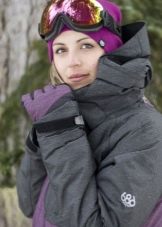
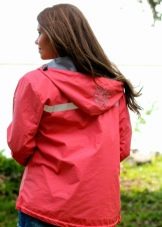
How to wash?
To preserve the unique properties of the membrane, it is important to wash it correctly. The service life of the product directly depends on the correct care for it.
Look at the label for the possible washing methods for your jacket. Manufacturers usually indicate which type of wash (hand or machine; hand only) is suitable for your garment.
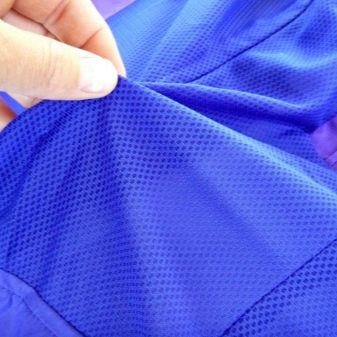

Machine wash
It is important to wash the membrane jacket with liquid detergents. Their packaging indicates whether it is suitable for membrane tissues or not.
It is better to wash it on a delicate cycle without additional items in the drum of the machine. Rubbing against other things can ruin the properties of the membrane.

Wring the jacket out at low speed. Rinse conditioners cannot be used for membrane jackets!

Handwash
For hand wash, prepare a soapy solution with liquid detergent or laundry soap. Never rub the membrane with soap!
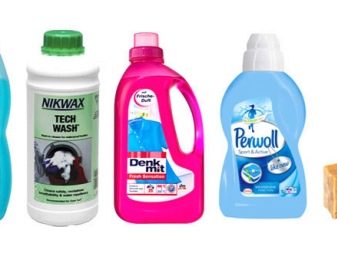
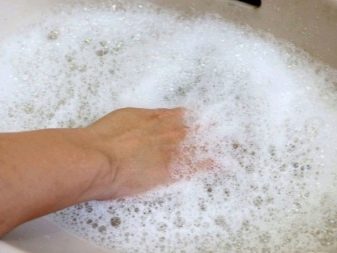
The water temperature should not exceed 40 °.
Rinse the jacket several times to rinse the soap out of the pores. Do not use fabric softener for rinsing!
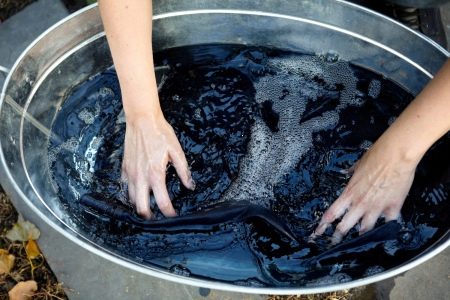
To preserve the properties of the membrane, dry it on a hanger, after straightening the folds after washing, away from radiators.
It is better to soak the dried product with a special water-repellent agent, applying them to the surface of the product.
The membrane jacket must not be ironed or cleaned with chemicals!
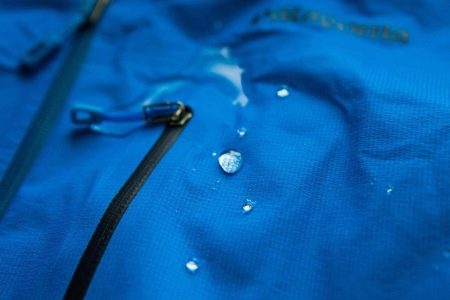
Neglect of simple rules for the care of a membrane jacket leads to the loss of the unique properties of the fabric. Our tips will help you extend the life of your product.









